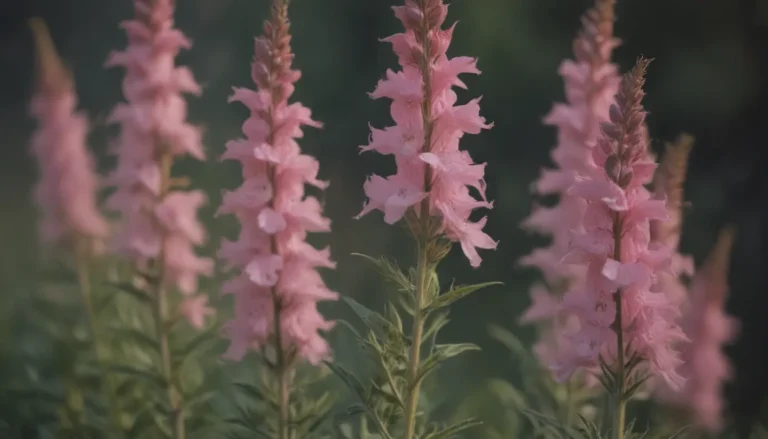Should You Mist Your Plants? Understanding the Pros and Cons

Are you a plant lover who enjoys connecting with your green friends through misting and watering? Misting plants is a common practice among plant owners, but the question remains: is it beneficial or harmful to your plants? The debate continues among experts, as misting can have different effects on various plant species. In this article, we will delve deeper into the world of plant misting, exploring the pros, cons, and alternatives by plant variety. Join us as we uncover the truth behind the misting myth and learn valuable insights from horticultural experts.
The Benefits of Misting: What Experts Say
Misting your plants can offer several benefits, especially for tropical plants that thrive in humid environments. Mike Drouin, from Reefertilizer, highlights that misting can mimic the natural habitat of tropical plants, providing a boost in humidity that they require to thrive. Additionally, misting helps in removing dust from leaves, washing away bugs, and facilitating nutrient absorption through the leaves. Some plants that benefit from misting include:
- Tropical plants, such as ferns and orchids
- Majesty palms
- Orchid species
- Boston fern
- Many aroids
While misting may have its advantages, it is essential to understand that not all plants respond positively to this practice. Luke Steffensmeier advises caution when misting plants with hairy leaves or succulents, as they may be more susceptible to fungal diseases. Observing how your plants respond to misting over time is crucial in determining whether it is beneficial for them.
The Cons of Plant Misting: Things You Should Consider
Despite the potential benefits of misting, there are also downsides to consider. Water droplets on the leaves can create a breeding ground for fungi, especially in poorly ventilated spaces. Inconsistent misting can lead to fluctuating humidity levels, causing stress to the plants. It is essential to be mindful of the humidity requirements of your plants and adjust your misting routine accordingly.
In a quote from Steffensmeier, he emphasizes the importance of understanding your plants’ needs: “The key is understanding the humidity requirements of your plants and observing how they respond to misting over time.”
Alternatives to Misting: Finding What Works Best for Your Plants
For plants that do not thrive with misting, there are alternative methods to increase humidity levels. Clustering plants together creates a microclimate that naturally raises humidity levels. Another effective strategy is using a pebble tray filled with water under plant pots to increase moisture around the plants without directly wetting their leaves. These alternatives have proven beneficial in creating healthy, vibrant spaces for plants.
Mike Drouin shares his personal experience with using alternatives to misting: “I use a humidifier to help maintain moisture in the air for my tropical plants in my home office. This allows me to control the environment more precisely, ensuring all my plants receive the care they need.”
Additional Tips for Maintaining Humidity
- Try a terrarium: provides a controlled environment to monitor humidity levels closely
- Place humidity-loving plants in bathrooms to thrive without misting
Plants That Thrive Without Misting: Understanding Their Needs
While some plants benefit from misting, there are others that thrive in drier environments and do not require this practice. Succulents, snake plants, ZZ plants, cacti, fiddle leaf figs, spider plants, and pothos are examples of plants that can handle lower humidity levels. It is crucial to avoid misting plants that are originally from dry climates with low humidity to prevent fungal diseases and rot.
If your plants do not require misting, there are alternative methods to keep them clean and healthy. Instead of misting, consider dusting or wiping down the leaves with a paper towel or microfiber cloth to remove surface dirt effectively.
In conclusion, misting plants can have both positive and negative effects, depending on the plant species and growing conditions. By understanding your plants’ specific needs and observing how they respond to misting, you can determine whether it is a beneficial practice for them. Remember to explore alternative methods to increase humidity levels for plants that do not fare well with misting, ensuring their health and vitality in your indoor garden.





